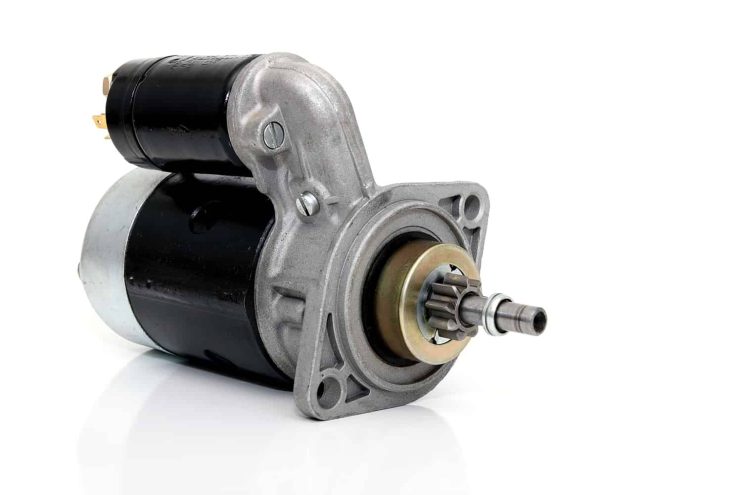
The obvious symptom of a failed starter motor is a car engine that simply fails on ignition. The other key indicators are that there’s a working power supply, which is indicated by working lights and radio and that the car will start with jump leads. If you’re suffering from this situation it’s definitely time to call up the parts shop or second hand supplier and look at replacing the starter motor.
Continue reading
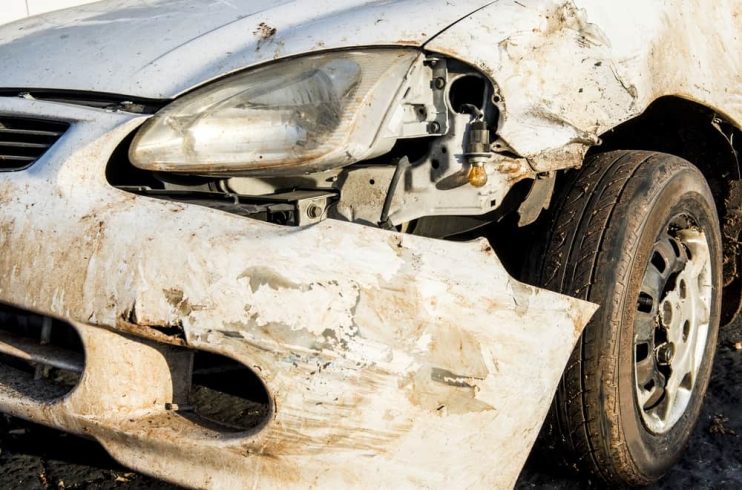
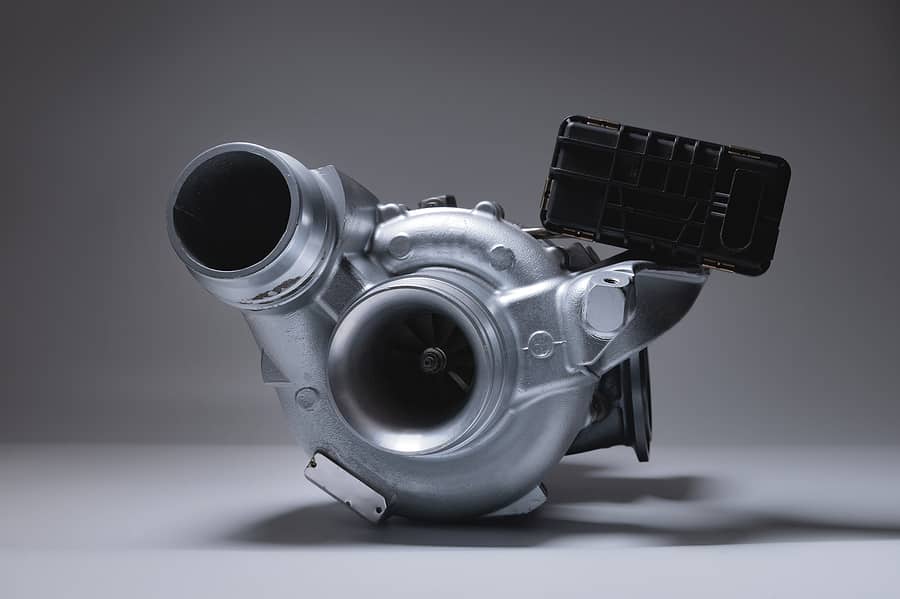
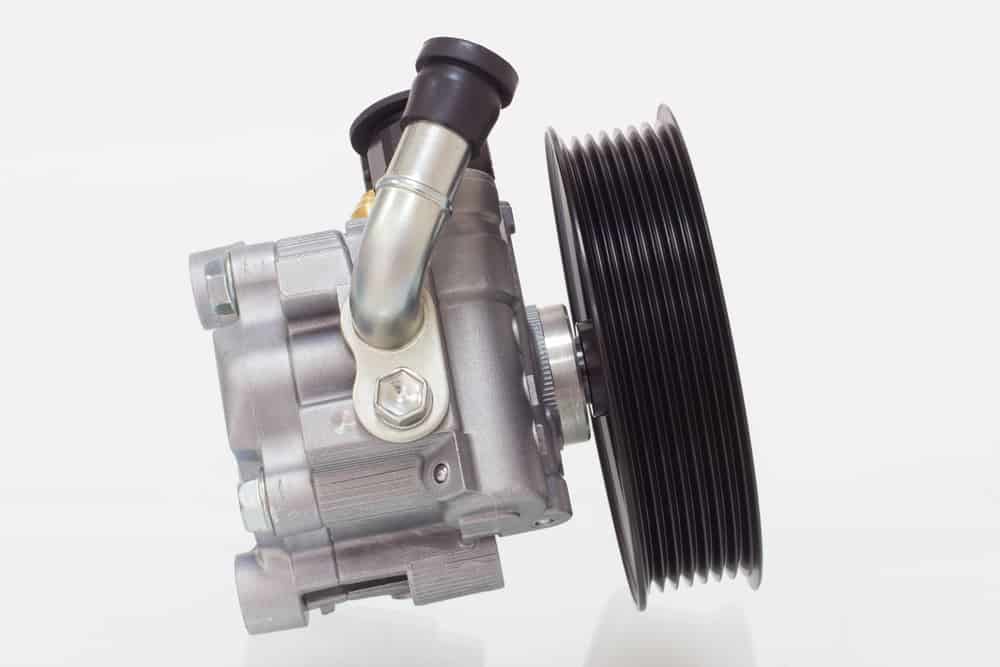
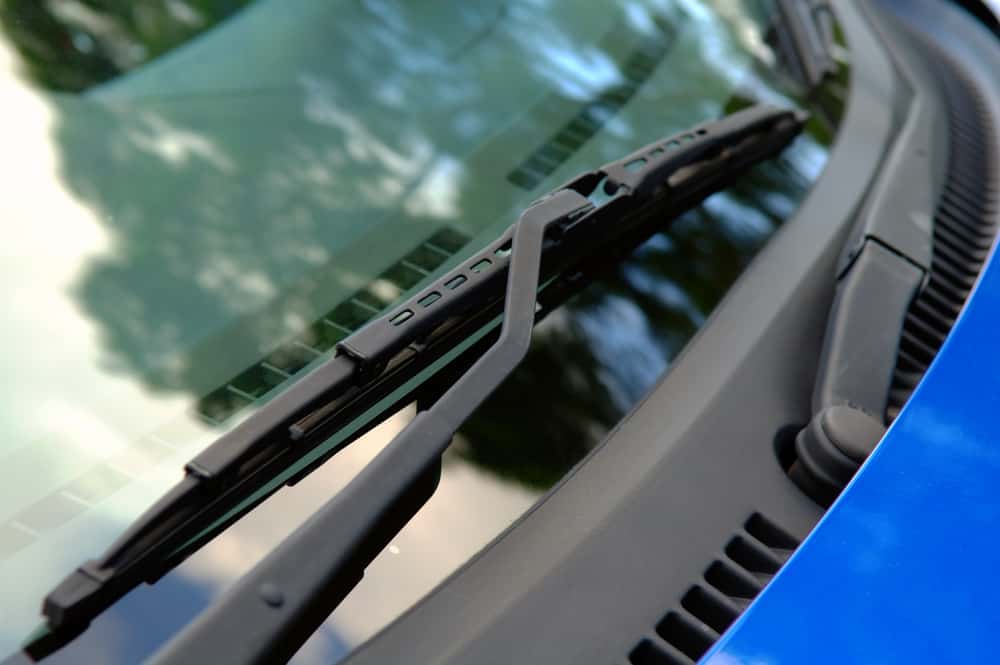
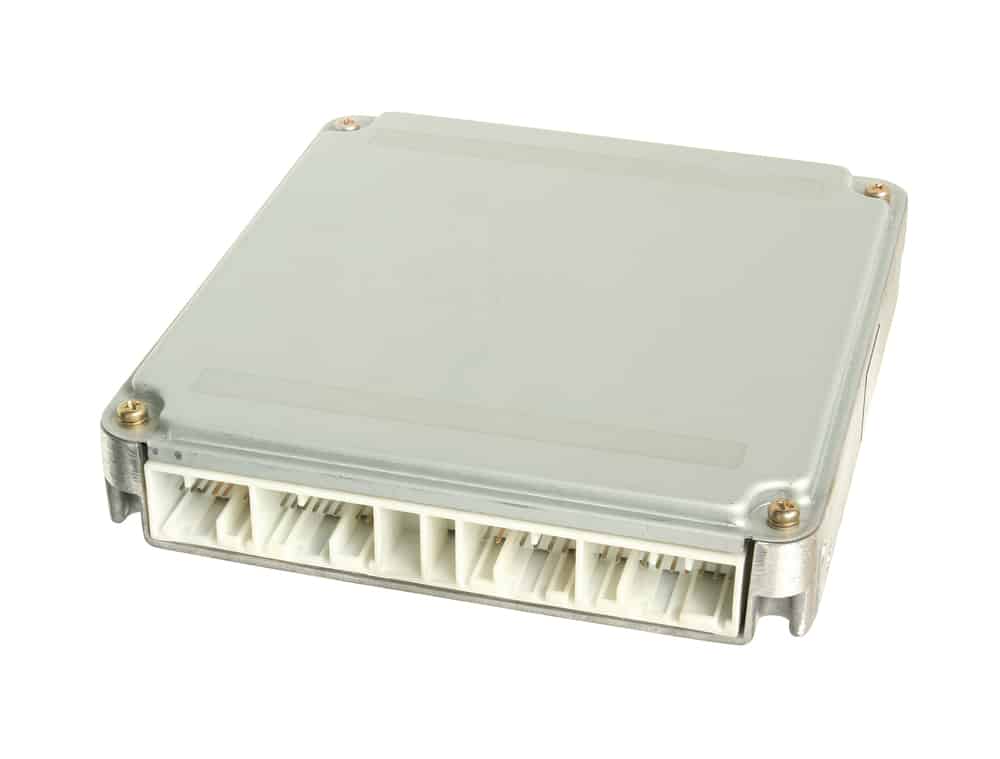
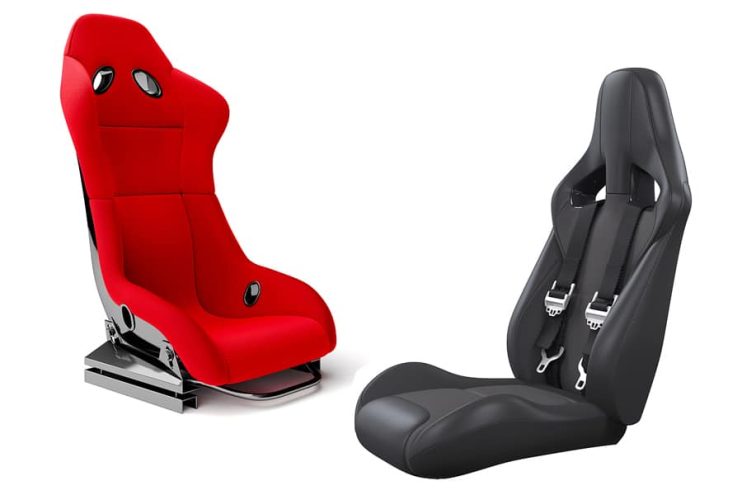
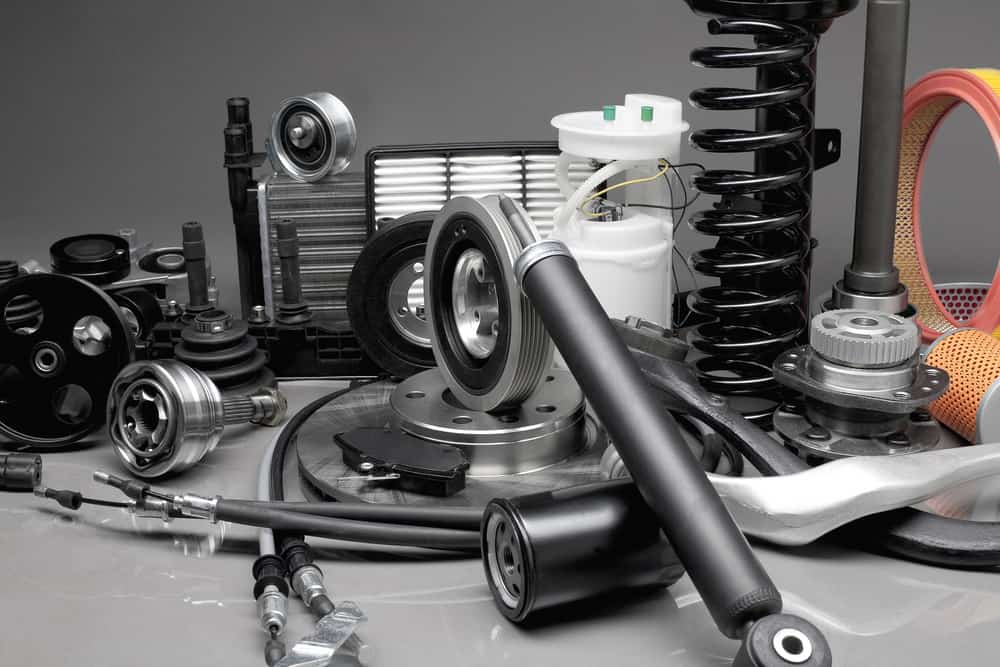
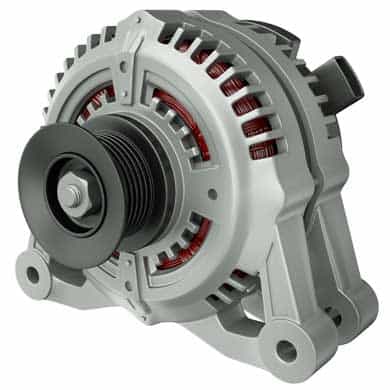
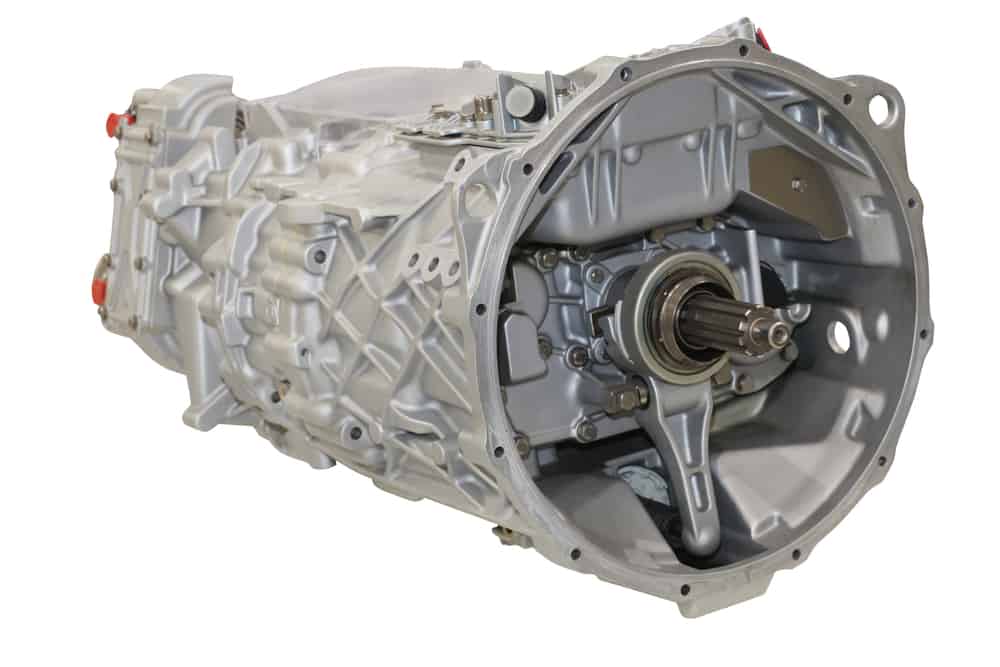
.png)